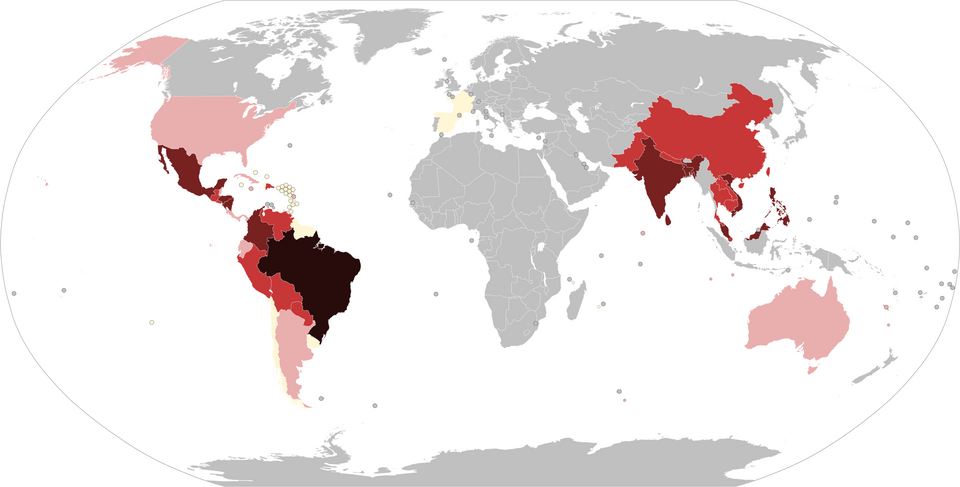Dengue Outbreak in the Pacific: Highest Cases Recorded Since 2016

Dengue cases in the Pacific have surged to alarming levels, reaching nearly 19,000 reported infections, the highest since 2016, according to the World Health Organization (WHO). This concerning trend has been exacerbated by recent outbreaks across several nations in the region, leading to nine dengue-related fatalities, including two children in Samoa.
As of July 2025, the WHO's Pacific technical support director, Dr. Mark Jacobs, confirmed that the number of suspected dengue cases stood at 18,766, marking a significant increase compared to previous years. "We've been observing a gradual increase in dengue cases in the Pacific for at least the last couple of decades. This year, we are witnessing the largest number of suspected cases we have had in the last decade," Dr. Jacobs stated in an interview.
The prevalence of dengue fever, a viral illness transmitted by Aedes mosquitoes, can be attributed to various factors. Notably, the movement of people across Pacific nations facilitates the virus's spread, particularly in smaller countries that lack sufficient population density to maintain constant circulation of the virus. "If there is an outbreak in one country, individuals traveling from that country can introduce the virus to another nation," Dr. Jacobs explained.
Climate change also plays a critical role in this public health crisis. Altered weather patterns contribute to increased mosquito populations, further enhancing the virus's dissemination. As Dr. Jacobs noted, dengue fever is most commonly found in urban and semi-urban settings where mosquito breeding is prevalent.
A July report from the WHO highlighted that Fiji reported the highest number of suspected cases, with 13,702, followed by Tonga with 2,087 cases and French Polynesia with 1,079 cases. While the number of infections initially peaked in March, there has been a resurgence in recent months, affecting previously unreported regions such as American Samoa, Nauru, and Tuvalu.
The situation in Samoa is particularly dire. Acting Director-General of Health Tagaloa Dr. Robert Thomsen stated that the government is prioritizing mosquito control measures, including spraying in high-traffic areas like schools and community centers. Currently, Samoa has reported 1,276 laboratory-confirmed cases, with an alarming increase of approximately 100 confirmed cases per week. "Our biggest challenge at the moment is the pediatric age group, as children below 15 years appear to be the most affected," Dr. Thomsen remarked.
The complexities of dengue transmission further complicate prevention efforts. There are four distinct strains of the dengue virus, each requiring different immune responses. Dr. Jacobs noted that individuals infected with one strain may be susceptible to other strains, leading to more severe illness in cases of reinfection. "People who have had dengue more than once are at a higher risk of experiencing severe complications," he warned.
The implications of this outbreak are far-reaching. Beyond immediate health concerns, the spike in dengue cases poses significant economic and social challenges for the affected nations. Health systems, already strained by the ongoing impacts of the COVID-19 pandemic, face additional pressure from increasing numbers of dengue patients.
In conclusion, as the Pacific region grapples with this unprecedented dengue outbreak, public health officials emphasize the urgent need for community awareness, effective mosquito control, and international collaboration to address the growing health crisis. With the incidence of dengue fever expected to rise further in the coming months, coordination among Pacific nations will be crucial to mitigate the outbreak's impact.
Advertisement
Tags
Advertisement





